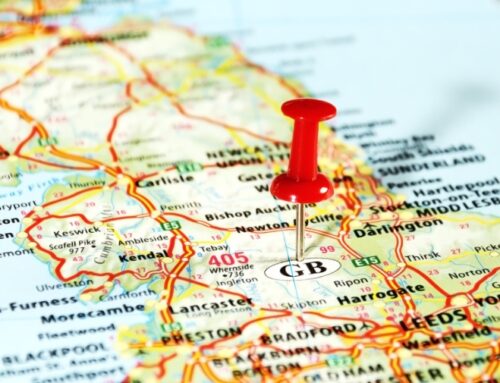In previous articles, we’ve highlighted the importance of increasing the numbers of bystanders and members of the public who have received some level of CPR training. Here at WEL Medical, we think that involving children in CPR and Basic Life Support (BLS) training and education is an excellent way to give young people a head start and build confidence and knowledge about how to respond to emergencies.
That’s why we decided to share some of our thoughts on the benefits of teaching CPR in schools, explaining the significant impacts that it can have, not only on young people but on society as a whole. Read on to find out more
CPR on the Curriculum
Back in 2019, the then Education Secretary Damian Hinds announced plans to add CPR to the school curriculum in England, giving thousands of secondary school pupils across the country a chance to learn critical, life-saving first aid skills.
The plans promised that, before leaving secondary school, all young people in England would be instructed on how to conduct CPR, the purpose and use of defibrillators as well as fundamental first aid treatments for minor injuries.
How Teaching CPR in Schools Can Boost Confidence
A key element often overlooked in the importance of CPR training is confidence. Indeed, the British Heart Foundation (BHF) estimates that roughly half of the public would not be confident that they would be confident in performing CPR on a family member.
A study conducted in Sweden in 2020 explored this in more detail. First, they quizzed participants, all aged between 16-20, on their confidence levels in performing effective emergency CPR. Then, the cohort was given a detailed, two-hour theoretical and practical education session on CPR and emergency BLS before being encouraged to carry out CPR on Brayden Pro Manikins while abiding by European Resuscitation Council (ERC) guidelines.
The Brayden Pro Manikin, with carry case and Brayden Online App.
The astonishing results were that even this short, two-hour session engendered a significant increase in confidence levels. The participants were 39% more confident in identifying a cardiac arrest, 26% more likely to conduct chest compressions and 22% more likely to perform mouth ventilation. Most crucially, though, 89% of the cohort said they were confident in delivering CPR, compared to just 54% before participating in the training.
It’s clear, then, that simply engaging children and young people in education sessions, even briefly, can have an impressive impact on their confidence in carrying out BLS and CPR skills in emergencies.
What’s the Value of Teaching CPR in Schools?
Benefits for the community:
Perhaps the most apparent benefit to teaching CPR in schools is that it simply increases the number of CPR-trained members of the public, which can have a profound impact on cardiac arrest survival rates.
The steps towards widespread CPR education were made after reports from the British Healthcare Trades Association (BHTA) found that, out of the 30,000 out-of-hospital cardiac arrests that occur annually in the UK, fewer than one in 10 results in survival.
The BHTA went on to explain that since only 5% of adults felt knowledgeable or willing to act in an emergency and that up to 59% of pre-hospital deaths from injury could have been prevented with basic first aid.
The report showed that these statistics line up poorly when compared internationally and that countries where CPR is routinely taught as part of secondary education could see double the survival rate than that in the UK. In real terms, they explained, this could result in 5,000 lives saved per year.
Benefits for the individual:
The evidence resulting from this report shows the society-wide benefits of teaching CPR in schools; however, the positive impact it can have on the individual child and their family is also noteworthy.
While some children may learn CPR and other BLS at extra-curricular activities such as Scouting and Cadet groups or even sports clubs, these opportunities are not afforded to every child. By adding CPR to the curriculum, the Department of Education has ensured that all students between the ages of 11-16 from all backgrounds, demographics and income levels have had the opportunity to access these essential life-saving skills.
In addition to this, research shows that, as with many skill sets, children under the age of 13 will identify and pick up capabilities more quickly and will retain the knowledge more effectively than adults.
With 72% of cardiac arrests occurring in the home, every family with children of secondary school age has brought a certain level of BLS knowledge into their household. Not only would the child themselves be on hand to deploy their skills, but the knowledge acquired by the child may encourage parents and other family members to be self-educated regarding the crucial importance of CPR and BLS training.
Improve Your CPR Training with State-of-the-art Equipment
CPR and BLS training is only as good as the equipment it’s conducted on. In our store, we stock some of the highest quality CPR training manikins, including the widely acclaimed Brayden range, as well as handy accessories and consumables such as face shields and carry cases.
Find out more about where you can learn CPR, how social media is supporting CPR education and other heart health tips by looking at our news page or get in touch for a more detailed conversation about what we offer.







